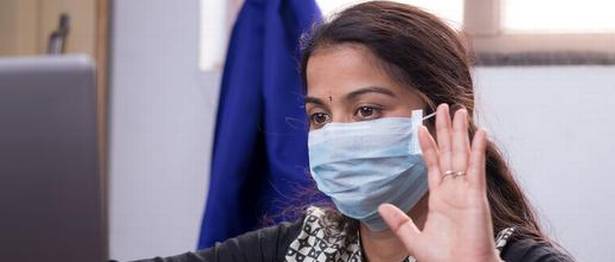
When Sushma got a positive result in her pregnancy test, she was not in a position to go out and meet a doctor, even for initial consultations. Covid-19 cases were spreading thick and fast and hospitals were accepting only emergency cases. Left with few options, she decided to go for tele-consultations. “I was very sceptical at the start, but after a few consultations, I feel very comfortable with it,” said Sushma.
Into the eighth month of her pregnancy, Sushma now tele-consults an endocrinologist for her thyroid treatment and a dietician for alteration in medication and food.
Sushma is not alone. Fear of contracting the infection at hospitals and the increasing demand for safe and convenient methods of seeking healthcare prompt tens and thousands of people across the country to opt for tele-health services, bringing technology-led solutions to the forefront of the Indian healthcare system.
A recent report by consultancy Frost & Sullivan, titled, ‘Transformation of Indian healthcare: Telehealth grows more than 200 per cent during Covid-19 Pandemic’ shows the number of tele-consult requests handled by major telehealth aggregators grew 200-300 per cent during Covid.
Healing remotely
Telehealth broadly comprises three pillars: virtual visits (including video consultation), remote patient monitoring (RPM), mobile health (mHealth) and wearables. According to Sowmya Srinath, Director, Transformational Health Practice, Frost & Sullivan, the concept of virtual visits started off in India as a second opinion, where patients wanted to have another opinion on, say, cancer diagnosis or surgery or have an initial consultation with a surgeon in remote cities.
“But Covid changed all that. The new normal is that people who have leveraged telehealth want to continue using it because it is a lot easier, comfortable and palatable for them,” said Srinath.
According to Akshay Zanjurne Programme Manager, Transformational Health at Frost & Sullivan, nearly one-fourth of the telehealth requests is for gynaecological as well as sexual problems, of which people usually prefer more privacy owing to social factors. He also added that skin diseases (dermatology) are the other major area of tele-consultation.
According to Frost & Sullivan, the current fillip in telehealth will draw more technology companies into the market with more personalised care delivery mechanisms. A shift towards telehealth will help in reducing the country’s total healthcare spending since non-critical patients can be monitored and treated online, notes the report. “We expect the total India market for telehealth to grow at 27.5 per cent over the next 3-4 years. We expect the market value to grow to $670 million by 2024 from $200 million in 2019,” said Zanjurne.
The growth trend is already visible. In its first-ever insights report based on transactions by five crore users between March-May 2020, online healthcare aggregator Practo said that there was a 500-per cent increase in online doctor consultations since March 2020. It added that 80 per cent of all telemedicine users experienced it for the first time.
Practo also said that gynaecology, GP and dermatology emerged as the top-most consulted specialities while tele-paediatrics witnessed a 350-per cent growth. Rajmohan R, General Manager-Operations at Rainbow Children’s Hospital in Chennai, said, “Teleconsultations were started in May, but the pace was slow. Now, 15 per cent of the total consultations are happening through video or telemedicine, and it’s on the rise.”
“The trend is here to stay, even after the pandemic because it saves a lot of time, gives a lot of privacy, and it is very convenient for parents, especially for the children,” he added.








